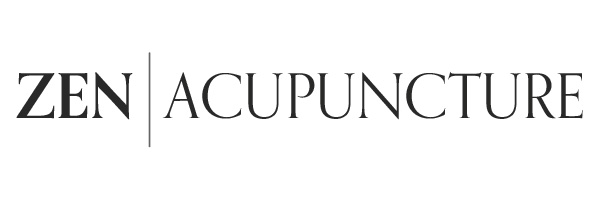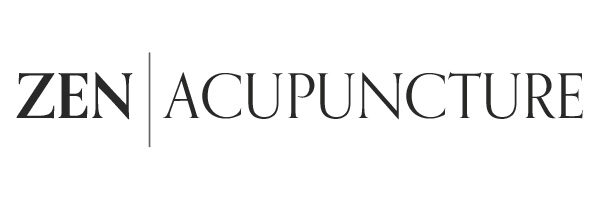
Frequently Asked Questions
Acupuncture is complex branch of ancient traditional medicine, but its practical principles and methods are easily understood by fourteen major energy channels called meridians, a subtle energy called Qi and a blancing method to create harmoney in the body.
with acupuncture needles, or other means, the acupuncturist stimulates certain points (acupoints) along the course of the meridians. such stimulation helps restore the normal balance and flow of Qi so organs and bodily systems can work together in harmony as intended. this sets the stage for the body to repair itself and maintain its own health.
One english translation of the word Qi means, energy, and though Qi is invisible, its presence becomes especially apparent in the workings of the bodily organs systems which require prodigious amounts of energy. Yet Acupuncturists view Qi not only as powering a function, they see it as inseparable from function as though there’s no Qi without function and no function without Qi.
Qi is also knows as the life force, and since the total absence of Qi is death, obviously one’s good health depends on a balanced distribution of QI throughout the meridian network that influences the organs as well as the bodily systems.
In acupuncture medicine’s terms, acupuncturists teat an imbalance of Qi, which in western terms they treat hundreds of symptoms and conditions.
Qi is also knows as the life force, and since the total absence of Qi is death, obviously one’s good health depends on a balanced distribution of QI throughout the meridian network that influences the organs as well as the bodily systems.
The main objectives are three:
1-Relieve pain and other symptoms.
2-Strengthen the immune system.
3-Balance, harmonize, and integrate function of the organs with each other, making for unified, healthy person, rather tahn a collection of fragmented, disharmonious parts.
Qi is meant to flow freely throughout the meridian network carrying its balanced vital force to all the body’s parts, organs and systems, thereby encouraging them to function with each other in a natural, harmonious way. that leads to sound health. Any sustained blockage or other disruption of a balanced flow or Qi may bring pain, a weakened immune system, and ill health.
Toggle ContentAfter initial consultation and examination, the acupuncturist completed the diagnosis and begins carrying out the treatment plan. The objective is to normalize the flow and distribution of Qi and balance its circulation by stimulating the selected acupoints via needles or other means.
Patients who have recieved inoculations or other medical injections from a hypodermic needle are sometimes fearful that acupuncture treatments will be as painful. But such is not the case. typically, acupuncture needles are fine and flexible, no bigger than a human hair or piece of thread. Deftly inserted into and acupoints by a skilled acupuncturist, the slender needle produces little or no sensation at all. When the needle makes contact with QI, the patient might experiences a slight tingling sensation. First time patients are usually amazed at how comfortable they are during treatment.
From its anciet beginning to this day, acupuncture diagnostic procedures center on findings blockages and imbalances of Qi. Today’s Acupuncturists may utilize electronic evaluation in combine with traditioanl diagnostic methods such as: pulse and tongue diagnosis, observation of the patient, interviewing the patient and physical examination.
Depending on the patient/’s condition and the treatment plan, treatments average about thirty minutes to one hours.
because each patient’s health problems and response to treatment are unique, the number and frequency of treatments vary. Typically, the recommendation is two to four treatments per week for eight to sixteen treatments, although some patients respond favorably after only one or two treatments. Some may not improve until the eight or ninth visit. others may require two or three treatments per week for several months for maximum result. And sometimes despite the acupuncturist’s best effort and skill, the patient does not respond to treatment. In general, Acute conditions require less treatment tan chronic.
Yes. The government requires acupuncturists to follow strict safety procedures regarding needles, and sterilized needles are manufactured, packages and shipped in strict compliance with the law.

